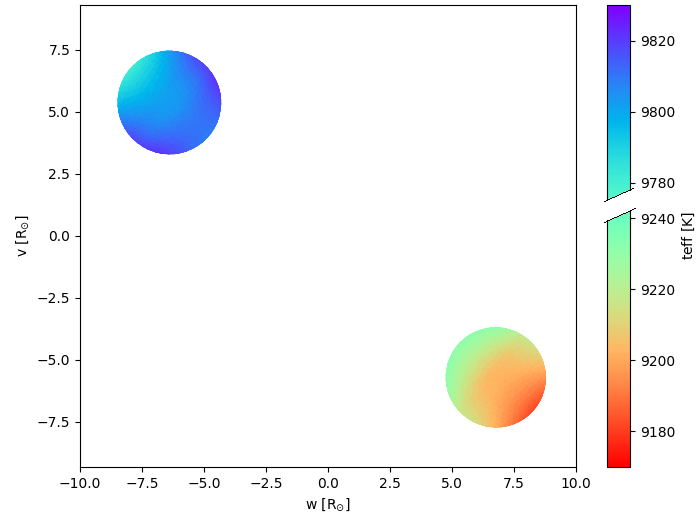The exoplanet/brown dwarf BD-14 3065b has an unexpectedly large radius for its age, suggesting that it is burning deuterium. This is the process that distinguishes brown dwarfs from exoplanets.
Dr Ján Šubjak from the Stellar Department of the Astronomical Institute of the Czech Academy of Sciences, lead author of the study accepted for publication in the journal Astronomy & Astrophysics, explains the details of his work.
Abstract
The present study reports the confirmation of BD-14 3065b, a transiting planet/brown dwarf in a triple-star system, with a mass near the deuterium burning boundary. BD-14 3065b has the largest radius observed within the sample of giant planets and brown dwarfs around post-main-sequence stars. Its orbital period is 4.3 days, and it transits a subgiant F-type star with a mass of M⋆=1.41±0.05M⊙, a radius of R⋆=2.35±0.08R⊙, an effective temperature of Teff=6935±90 K, and a metallicity of −0.34±0.05 dex. By combining TESS photometry with high-resolution spectra acquired with the TRES and Pucheros+ spectrographs, we measured a mass of Mp=12.37±0.92MJ and a radius of Rp=1.926±0.094RJ. Our discussion of potential processes that could be responsible for the inflated radius led us to conclude that deuterium burning is a plausible explanation resulting from the heating of BD-14 3065b’s interior. Detection of the secondary eclipse with TESS photometry enables a precise determination of the eccentricity ep=0.066±0.011 and reveals BD-14 3065b has a brightness temperature of 3520±130 K. With its unique characteristics, BD-14 3065b presents an excellent opportunity to study its atmosphere through thermal emission spectroscopy.
Article on ASU web page – in Czech
More informations and contacts
- Press Release ASU – in Czech
- Scientific paper: 2024arXiv240312311S/abstract; arxiv.org/abs/2403.12311
- Dr. Ján Šubjak – Astronomical Institute CR, Stellar department, jan.subjak@asu.cas.cz
- Pavel Suchan – Press Secretary, AI CR, suchan@astro.cz, +420 737 322 815



